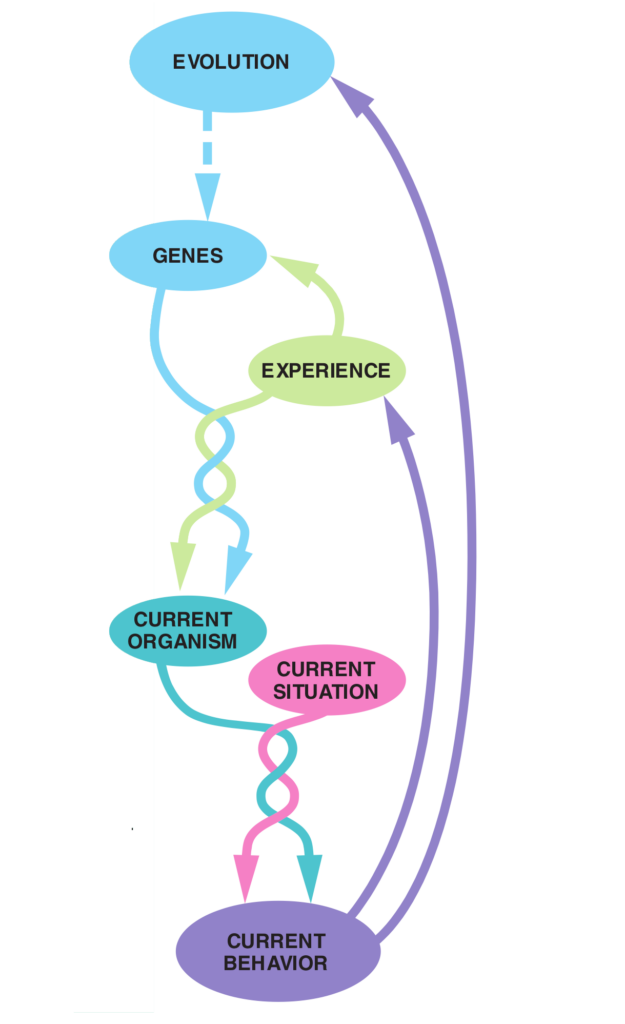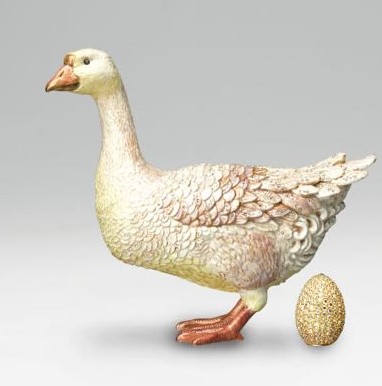The Cradle of Capital
When hunter gatherers roamed the world, accumulated manufactured capital was largely absent. The only capital around was human capital which accumulated through life time experience and natural capital. Since humans did not get old and intergenerational acquisition of knowledge was limited by the absence of written language, the stock of human capital had limited growth potential. Until about 10,000 years ago, humans developed only a limited arsenal of durable tools which could be considered transferable capital. Famous examples of these tools were hand axes, which probably were invented millions years ago without hardly any improvement until the start of the neolithic revolution 10,0000-20,0000 years ago.
Most hunter-gatherers were nomadic or semi-nomadic and were living in temporary settlements. This meant that shelters had to be rebuilt every time after moving. Also natural capital as food was not easy to store and to transfer. Therefore accumulating capital by leveraging on existing structures or stored resources was very limited. Only after the settling down of humans in the neolithic period and the advent of farming, capital accumulation, other than human capital by experience, was able to develop.
When \(a \ne 0\), there are two solutions to \(ax^2 + bx + c = 0\) and they are
\[x = {-b \pm \sqrt{b^2-4ac} \over 2a}.\]




